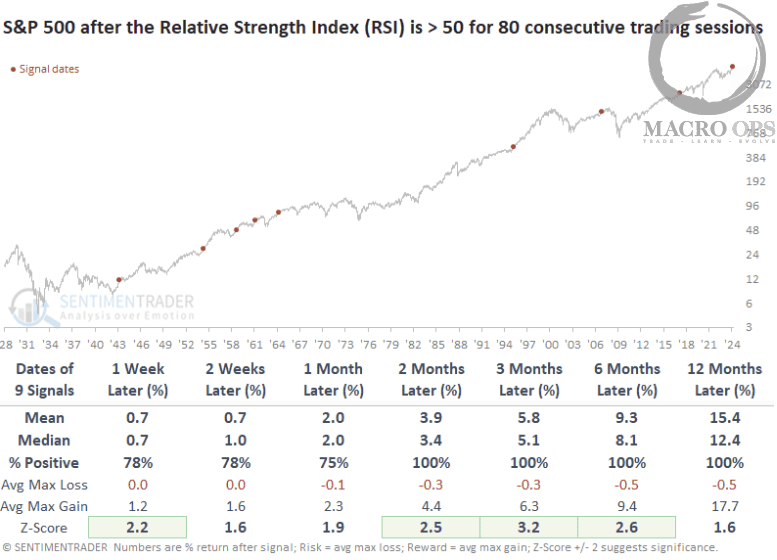As we trudge onward in the longest bull market in US history, I thought it wise to share with you a section from an old article written by Richard Bookstaber, titled “Risk Management in Complex Organizations”.
The article talks about risk. Particularly, that most pernicious kind of risk… The kind we can’t foresee.
Volatility selling, FAANG hodling, growth at any price investing… any strategy that’s become over-optimized for the current market regime faces a high susceptibility of risk of ruin in the next. For those of you heavily involved in such activities, it may be time to learn some lessons from the lowly cockroach. Here’s Bookstaber:
We can manage risks only when we can identify them and ponder their possible outcomes. We can manage market risk because we know security prices are uncertain; credit risk because we know companies can default; operational risk because we know missteps are possible in settlement and clearing. But despite all the risks we can control, the greatest risks remain beyond our control. These are the risks we do not see, things beyond the veil. The challenge in risk management is how to deal with these unidentified risks. It is more than a challenge; it is a paradox: How can we manage a risk we do not know exists?
The answer is that we cannot manage these risks directly, but we can identify characteristics of risk management that will increase our ability to react to the risks. These characteristics are easiest to grasp in the biological setting, where we are willing to concede that nature has surprises that are wholly unanticipated by life forms that lack total foresight. A disease that destroys a once-abundant food source, the introduction of chemicals in a pristine environment, the eruption of a volcano in a formerly stable geological setting are examples of events that could not be anticipated, even in probabilistic terms, and therefore, could not be explicitly considered in rules of behavior. They are nature’s equivalent to the unforeseeable risks for the corporation.
The best measure of adaptation to unanticipated risks in the biological setting is the length of time a species has survived. A species that has survived for hundreds of millions of years can be considered, de facto, to have a better strategy for dealing with unanticipated risks than one that has survived for a short time. In contrast, a species that is prolific and successful during a short time period but then dies out after an unanticipated event may be thought of as having a good mechanism for coping with the known risks of one environment but not for dealing with unforeseeable changes.
By this measure, the lowly cockroach is a prime case through which to study risk management. Because the cockroach has survived through many unforeseeable changes — jungles turning to deserts, flatland giving way to urban habitat, predators of all types coming and going over the course of the millennia — the cockroach can provide us with a clue for how to approach unanticipated risks in our world of financial markets. What is remarkable about the cockroach is not simply that it has survived so long but that it has done so with a singularly simple and seemingly suboptimal mechanism: It moves in the opposite direction of gusts of wind that might signal an approaching predator. This “risk management structure” is extremely coarse; it ignores a wide set of information about the environment — visual and olfactory cues, for example — which one would think an optimal risk-management system would take into account.
This same pattern of behavior — using coarse decision rules that ignore valuable information — appears in other species with good track records of survivability. For example, the great tit does not forage solely on the small set of plants that maximize its nutritional intake. The salamander does not fully differentiate between small and large flies in its diet.
This behavior, although not totally responsive to the current environment, allows survivability if the nature of the food source unexpectedly changes. We also see animals increase the coarseness of their response when the environment does change in unforeseeable ways. For example, animals placed for the first time in a laboratory setting often show a less fine-tuned response to stimuli and follow a less discriminating diet than they do in the wild.
The coarse response, although suboptimal for any one environment, is more than satisfactory for a wide range of unforeseeable environments. In contrast, an animal that has found a well-defined and unvarying niche may follow a specialized rule that depends critically on that animal’s perception of its world. If the world continues on as the animal perceives it — with the same predators, food sources, and landscape — the animal will survive. If the world changes in ways beyond the animal’s experience, however, the animal will die off. Precision and focus in addressing the known comes at the cost of reduced ability to address the unknown.
Investors who pile into trendy strategies simply because they’ve worked so well in the recent past run afoul of mistaking the unknown for the nonexistent, as Nassim Taleb puts it.
Strategies predicated on simple “coarse decision rules” on the other hand, may not be the best performing approach in any single environment, but they lend themselves to being more robust and adaptable, which in the long-run means greater odds of survivability and in investing that means staying in the game.
Choose adaptability over-optimization. Be more like the cockroach.








